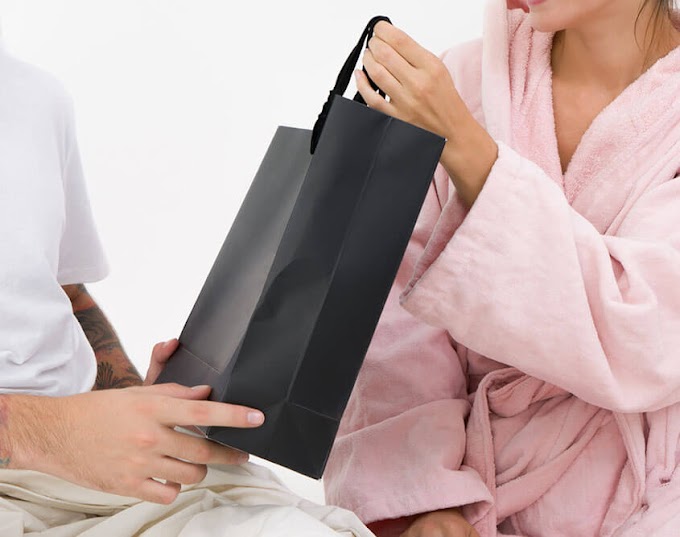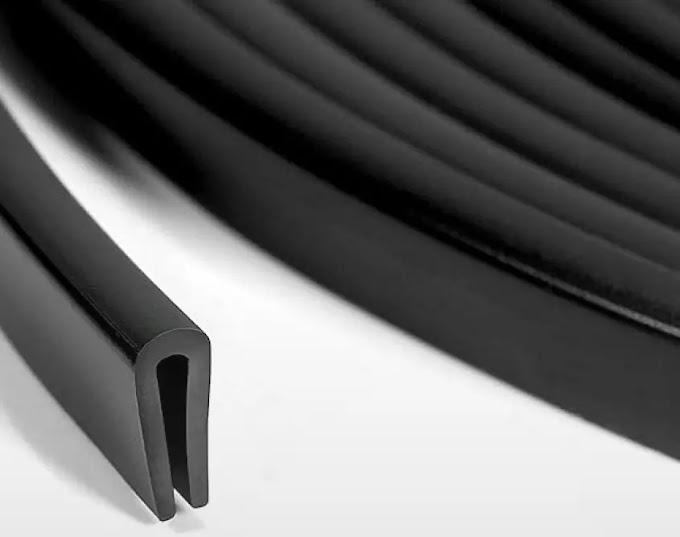Home interior painting is an attractive project to many of the homeowners. It is the perfect method of saving money and making your space look personal. It can make a room beautiful with the touch of the right style. But unless one knows how and what to plan about it, one can easily end up doing something wrong that will cause a mess in the finish or result in more work ahead.
These are five errors that individuals tend to make when undertaking a DIY interior painting project and how they can be avoided.
Omission of Surface Preparation
Preparation of the surface is one of the least considered parts of interior painting. Most individuals get into painting and fail to clean their walls, rub rugged areas or even use a primer.
Such negligence may cause a number of problems, such as the presence of uneven application of paint, peeling, or the existence of stains under the new one. Taking time to prepare the surface will make the paint stick more and have a longer life. The basis of a perfect finish is a smooth, clean and primed surface.
Selecting an Inappropriate Type of Paint or Finish
Not every paint is equal and it is necessary to choose the suitable type of paint per room. Matt finishes are good at concealing imperfections but not where the environment is very moist. Satin and eggshell finishes are stronger and can be used in high-traffic or humid places such as kitchens and bathrooms. Gloss paints are highly enduring and shiny in appearance though they expose all the flaws.
The wrong kind of paint can lead to the absence of durability, staining or the wrong type of finish that is not what is expected. Space also plays a role and this is what you should always remember when choosing your paint.
Disregarding the Correct Tools and Equipment
Proper brushes, rollers, tape to paint the walls and trays will save you time and frustration. The proper roller nap to use on your wall texture will offer you a smooth and even surface without a lot of effort.
Inadequate style and practice
Technique matters. The most common errors are using too much paint, too little paint or overworking the paint by brushing or rolling in excess. Failure to have a wet edge when painting will also result in lap marks and poor finishes.
Also, not applying the second coat, particularly with light colours or dark walls, leads to uneven colour and patchiness. Consistency and patience are the major elements of a professional appearance of work.
Rushing the Job
Most DIY painters do not take their time on the job in the excitement to get it done. This may result in drips, lack of spots, irregular coverage, and long periods of drying. Not letting the paint dry and cure up properly between layers may also affect the longevity of the finish.
All that matters is to take your time and apply drying advice on the paint can to ensure a long-lasting and clean result.
Conclusion
Doing interior painting by yourself can be a pleasant experience, and to achieve success, it is crucial to avoid these five most common mistakes. Leaving surface preparation unfinished, applying an incorrect paint, using inadequate equipment, using an incorrect technique and having inadequate time can all impact adversely on your outcome.
By thought, time, and proper preparation, you can attain a finish that can be compared to that of professional Interior painters – and have a fresh, beautifully redecorated room that shows your own taste.










Social Profile